Seasonal Fruits in Korea: A Month-by-Month Guide
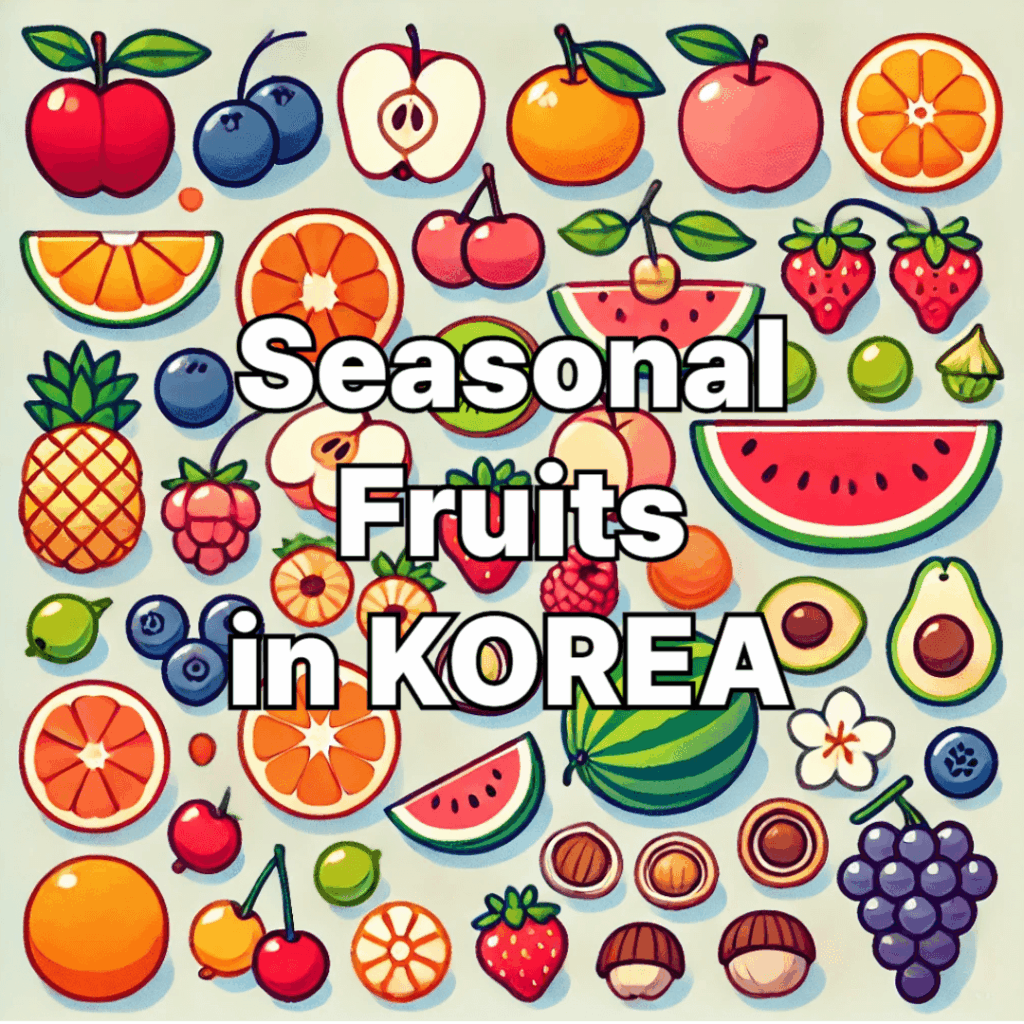
You’ve had kimchi, maybe even grilled bulgogi—but have you tried Korea’s seasonal fruits? In Korea, fruits are more than just snacks. They’re edible postcards from nature, whispering the essence of each season with every juicy bite. Below, we’ve gathered the most common and popular seasonal fruits enjoyed throughout the year in Korea.
🍊 Winter (December – February)

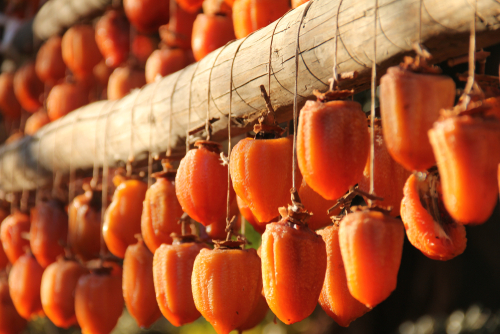
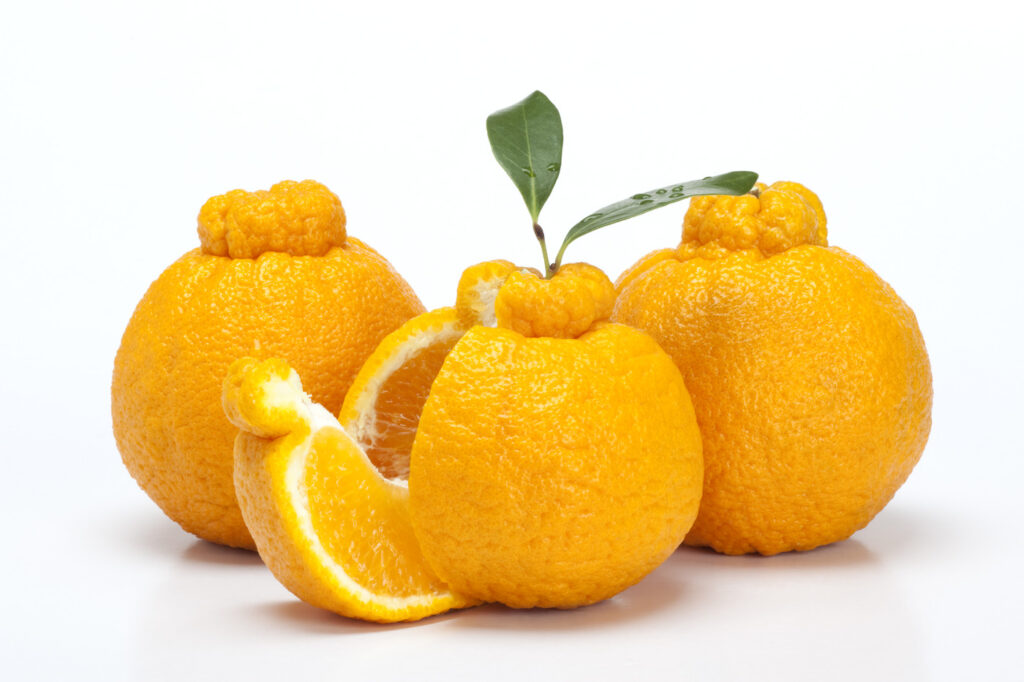
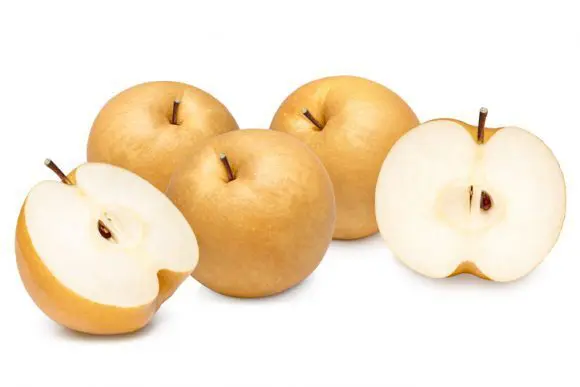
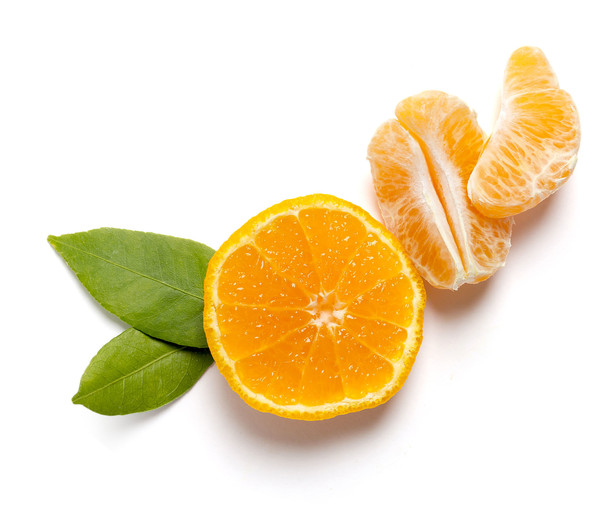
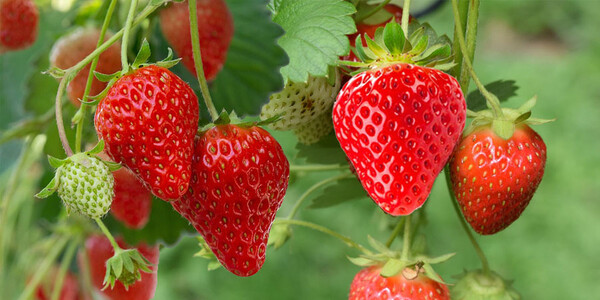
Snow outside, cozy indoors, and sweet juicy fruits—Korean winter fruit hits different. Packed with vitamin C, these fruits are here to fight colds and boost your mood. When it’s freezing outside, a tangerine or strawberry can be the perfect cozy companion.
- Apple (사과), Pear (배): With shiny skins and crisp bites, these are fall-harvested fruits that keep well into winter. One bite in a warm room, and it’s like autumn never left.
- Strawberry (딸기): These ruby-red gems are the sweethearts of winter and spring. They burst with aroma and sweetness, perfect for eating fresh or topping desserts.
- Tangerine (귤), Hallabong (한라봉): Just holding one perfumes your hands. These citrus fruits from Jeju Island are packed with vitamin C and Korea’s favorite winter treat.
- Gotgam (곶감): Made from dried persimmons, gotgam has a chewy texture and deep, rich sweetness. It pairs beautifully with a hot cup of tea on a snowy day.
🌸 Spring (March – May)
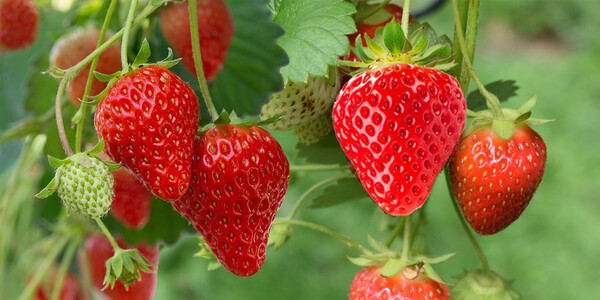
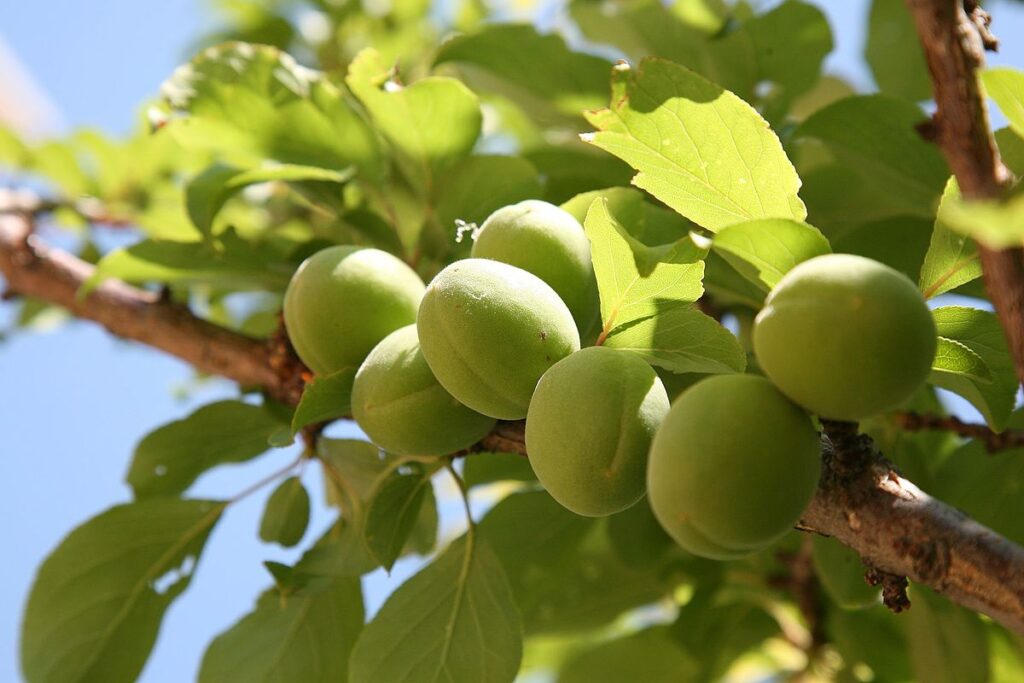
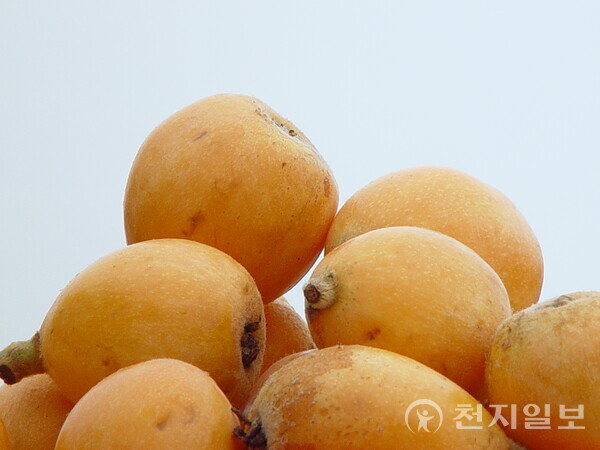
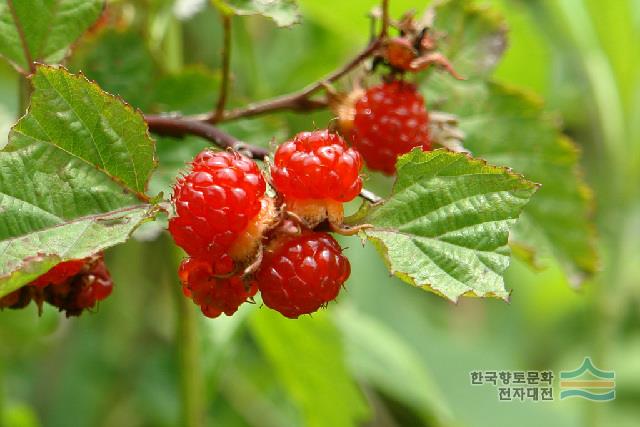
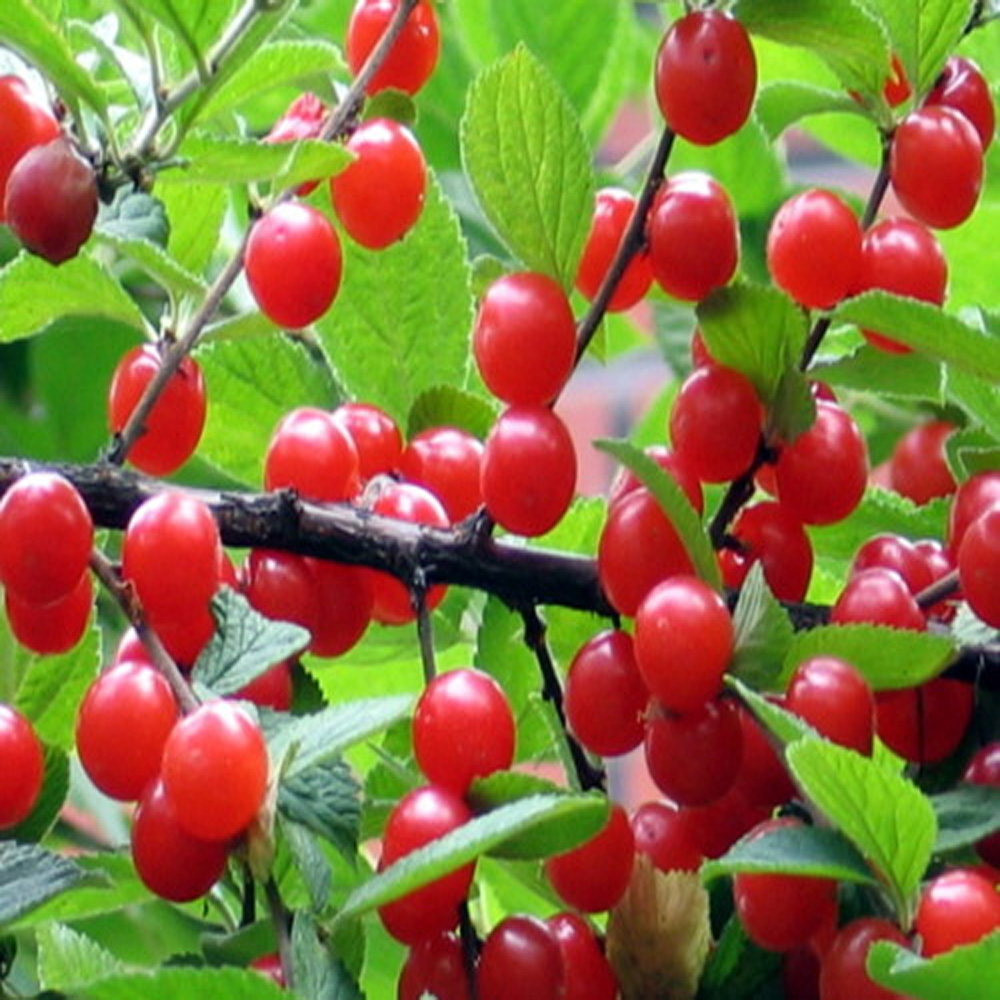
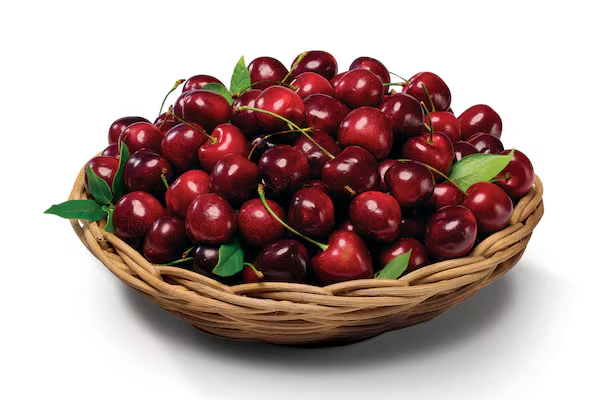
Just like flowers bloom, so do fruits in spring—bright, lively, and full of zest. A bite of these spring fruits melts away winter sluggishness. If you’re chasing cherry blossoms, don’t forget to chase some cherries too.
- Cherry (체리): These tiny red delights pack a juicy punch. Easy to carry, they’re perfect for on-the-go snacking during a spring stroll.
- Aengdu (앵두 – Korean Cherry): Shiny red and tart-sweet, these are rare gems of late spring. Catch them if you can!
- Loquat (비파): With its soft orange flesh and exotic sweetness, loquat feels like spring breeze from Korea’s southern coasts.
- Maesil (매실 – Green Plum): These tart green fruits are often turned into syrup or drinks to refresh and recharge.
- Sanddalgi (산딸기 – Korean Raspberry): Bright red and jewel-like, these wild berries are tart and perfect for springtime desserts.
- Strawberry (딸기): Still going strong from winter, strawberries remain a spring favorite.
🌞 Summer (June – August)
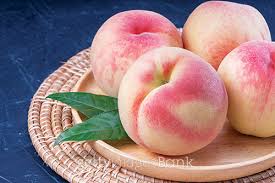
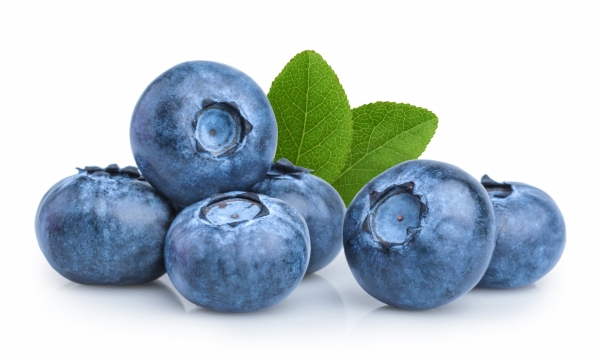
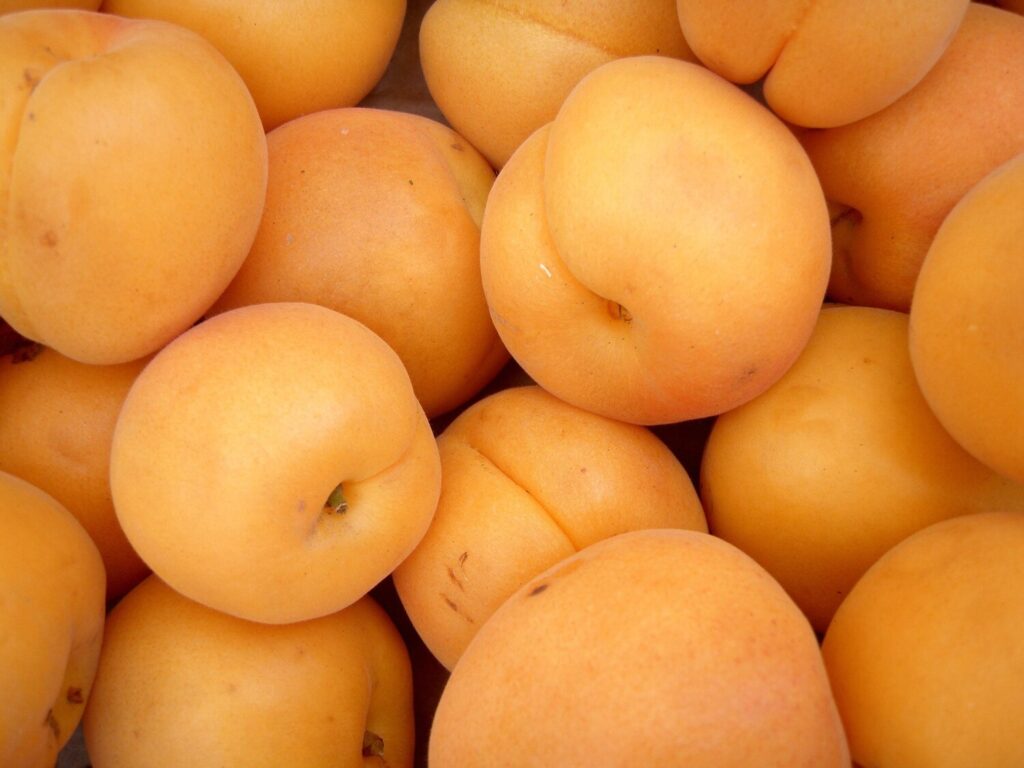
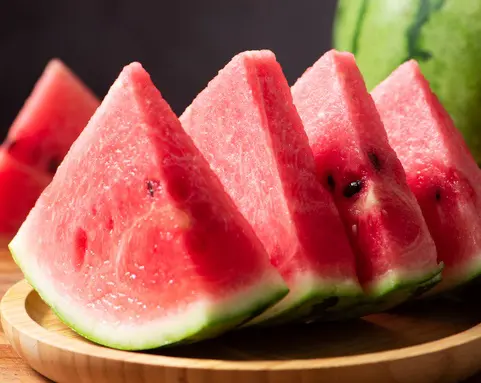
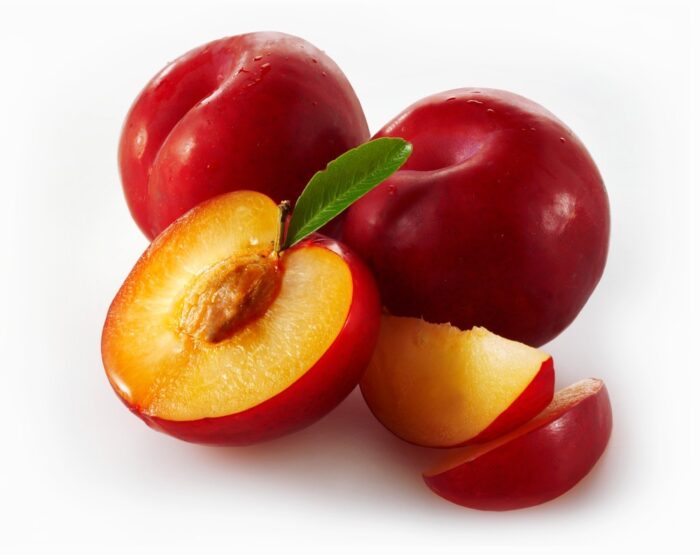
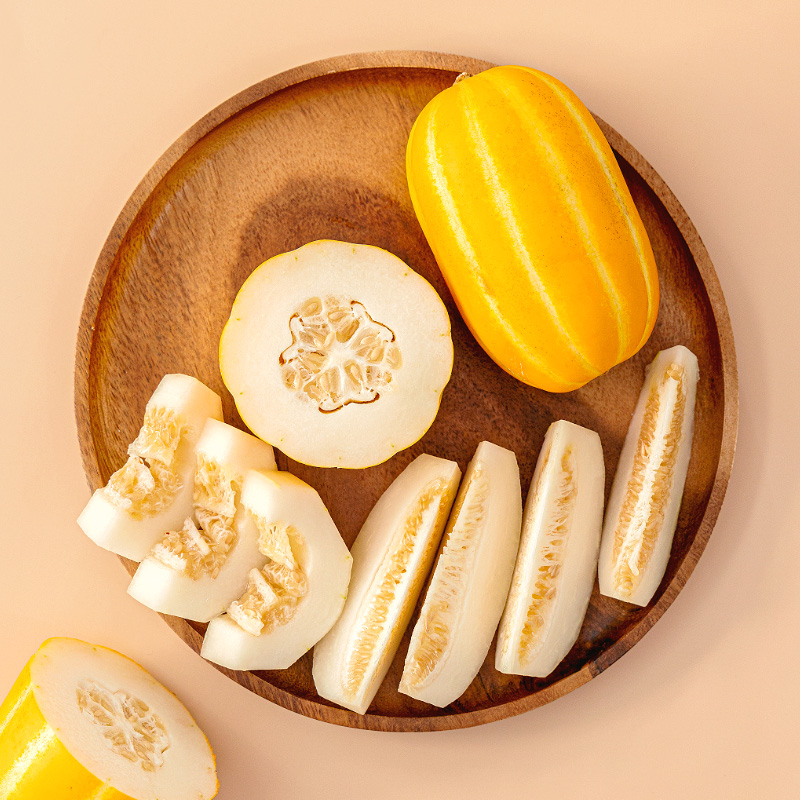
Korean summer is hot and humid—but don’t sweat it. Nature has your back with hydrating, refreshing fruits. One juicy bite is all it takes to feel instantly cooler.
- Apricot (살구): Round and orange, apricots are juicy with a tangy twist. A short-season treat that disappears too fast!
- Watermelon (수박): Crack open the green shell and find a red, juicy burst of summer joy. It’s not summer in Korea without it.
- Chamoe (참외 – Korean Melon): Yellow-striped and crisp, chamoe is the ultimate Korean summer snack. Sweet, refreshing, and proudly local.
- Peach (복숭아): With velvety fuzz and a fragrant aroma, Korean peaches are so juicy they demand a two-hand grip.
- Plum (자두): Deep purple skin with a sour-sweet center, plums are perfect for that tangy pick-me-up.
- Blueberry (블루베리): Small but mighty, Korean summer blueberries are perfect in yogurt or straight out of hand.
🍁 Fall (September – November)
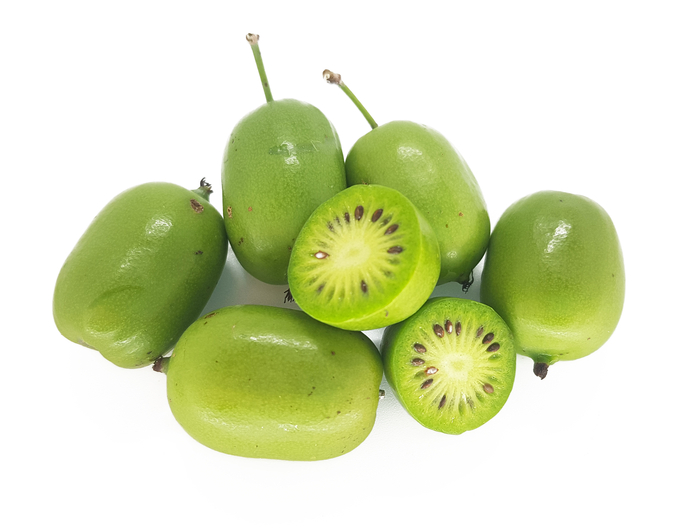

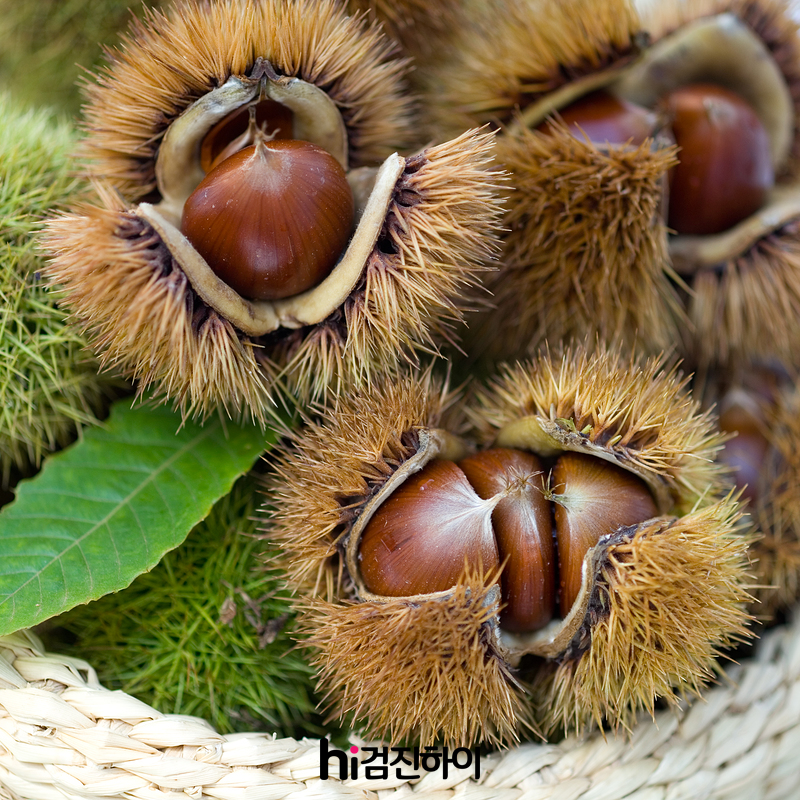
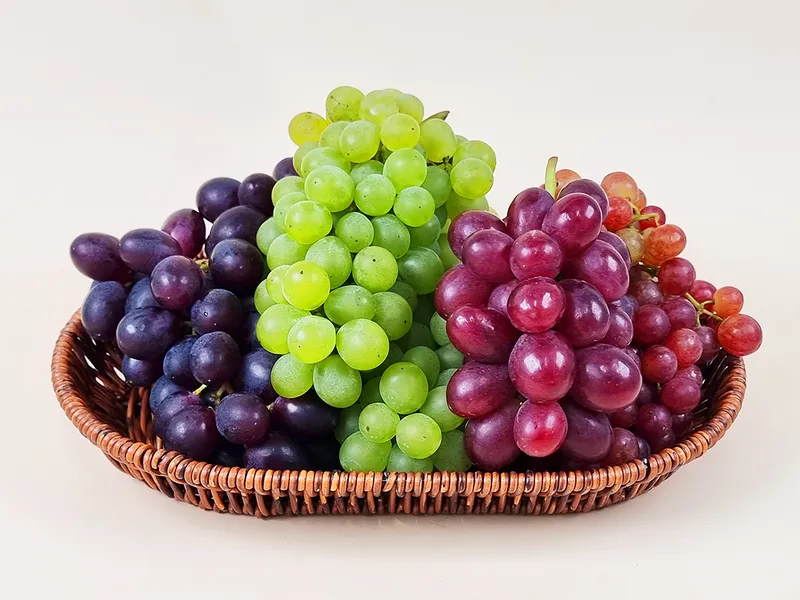
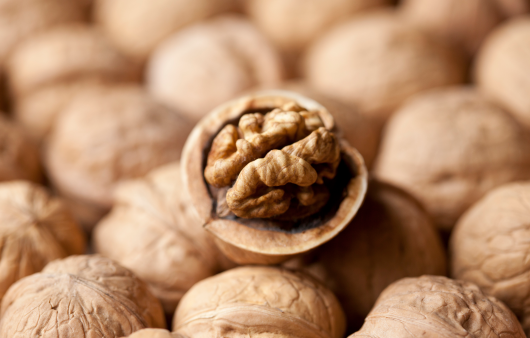
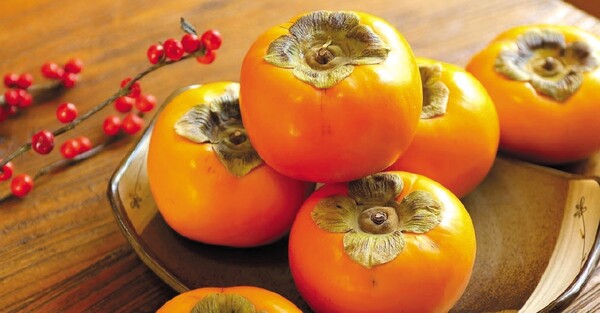
Fall is Korea’s harvest season, when fruits reach peak flavor and nutrition. A single bite is like tasting autumn’s golden light.
- Jujube (대추): Small, shiny, and red, these crunchy-sweet bites are popular for snacking or steeping in tea.
- Apple (사과): Firm, juicy, and tangy-sweet, fall apples are Korea’s classic fruit for a reason.
- Pear (배): Big, round, and full of juice, Korean pears are crisp and subtly sweet. Best enjoyed cold.
- Persimmon (감): Bright orange and honey-sweet, persimmons scream fall. You’ll find both firm (dan-gam) and soft (hongshi) types.
- Grape (포도): Whether you like the deep purple Campbell or the trendy green Shine Muscat, Korean grapes are sweet, fragrant, and fun to peel.
- Darae (다래 – Baby Kiwi): Smaller and smoother than a kiwi, tarae has a sweet-tart flavor and can be eaten whole. A rare seasonal gem.
- Chestnut & Walnut (밤, 호두): Crack them open and discover nutty, hearty goodness. Roasted or in sweets, they fuel Korean autumn.
🍎 Where to Buy Seasonal Fruits in Seoul
Think fruit shopping only happens in supermarkets? Think again! In Seoul’s traditional markets, you can taste, bargain, and even get freebies. Here are some must-visit markets to grab seasonal fruit like a local:
- Garak Wholesale Market (가락농수산물도매시장, Songpa-gu): The biggest in Seoul—buy in bulk or just grab a few juicy gems.
📍Map - Mangwon Market (망원시장, Mapo-gu): A local favorite with everything from fresh fruit to Korean street snacks.
📍Map - Gyeongdong Market (경동시장, Dongdaemun-gu): Famous for traditional medicine, it’s also a haven for dried and preserved fruits.
📍Map - Namdaemun Market (남대문시장, Jung-gu): From seasonal fruits to fancy gift sets—you’ll find it all here.
📍Map
Don’t forget—if markets aren’t your thing, major supermarkets and local grocery stores across Seoul also carry plenty of seasonal fruits. Want to know more about Korean supermarkets? Check out this helpful guide:
👉 8 Things You Probably Didn’t Know About Korean Supermarkets